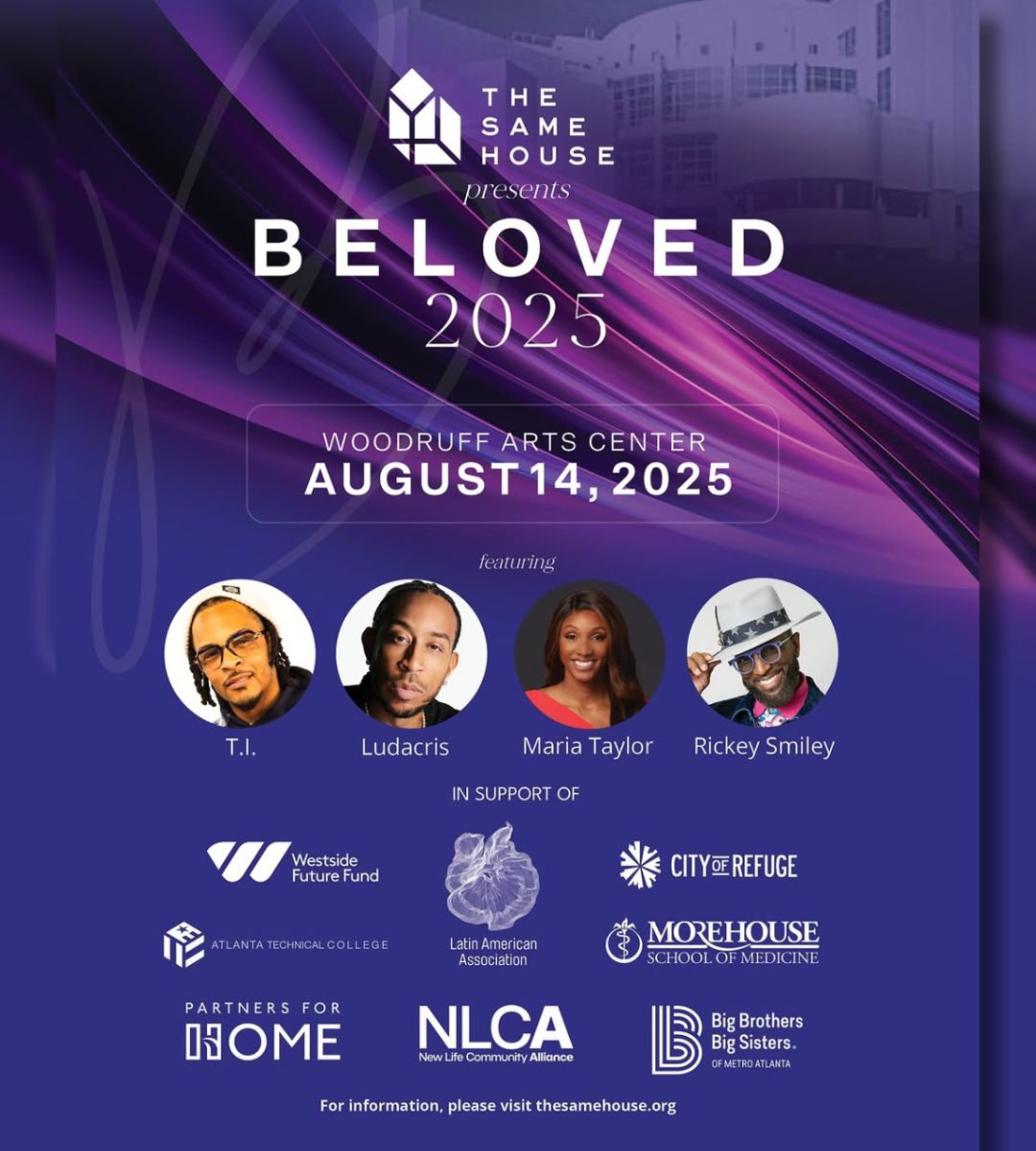Small Ripples Lead to Big Waves

By Rodney Bullard
CEO The Same House PBC | Former Senior Executive at Chick-fil-A / Global CSR, ESG and Marketing Leader | Best-Selling Author | Former AUSA | Former Air Force JAG l Corporate and Non-profit Board Director
Community change is not instantaneous. It’s a process. As trust increases, a community can work together towards a common purpose. The short-term wins can result in long-term successes. Marcella Bremer from Leadership and Change said, “If you start to do small acts of kindness, this behavior may spread through the system because people tend to copy each other. It’s just like the pay-it-forward slogan says. It’s contagious. There’s reciprocity. You want to do something good, too.” When stability is reached, then sustainability takes over.
This change is most effective when handled from the inside out. Instead of people coming from outside the community to solve problems, the people who live and work there know the issues and challenges. Working within their 3 feet benefits community ownership and the incentive to improve their family and friends’ immediate environment.
People show up differently when they engage in their neighborhood. They can witness the impact of their efforts, which encourages them to do more. They can see, feel, and touch how it extends to their children. This creates a ripple effect and lays the groundwork for spreading change.
Volunteering and participating in community initiatives is the fastest way to unite people while working towards a common goal. It’s incredible how much good can occur in just a few hours when a plan is put into place and executed by passionate people about the mission and vision.
According to the Salvation Army:
Volunteering is transformational in many ways. It can bring together people who have walked very different paths in life but have the power to bridge differences and heal hurt. We can create change in our communities when positive experiences and people are compounded and combined.
This is when bridge-building is at its most potent. Think about how Habitat for Humanity can build a house relatively quickly with a team of people. Imagine that same scenario if just one or two people were responsible for the home’s construction. Instead, it draws from the community of people with various experiences and skill sets, from volunteers who need to be taught the skill to fulfill their contribution to plumbers, electricians, carpenters, and a real estate development team. It takes a desire to help first and foremost and then a team willing to collaborate to bring the project to completion.

